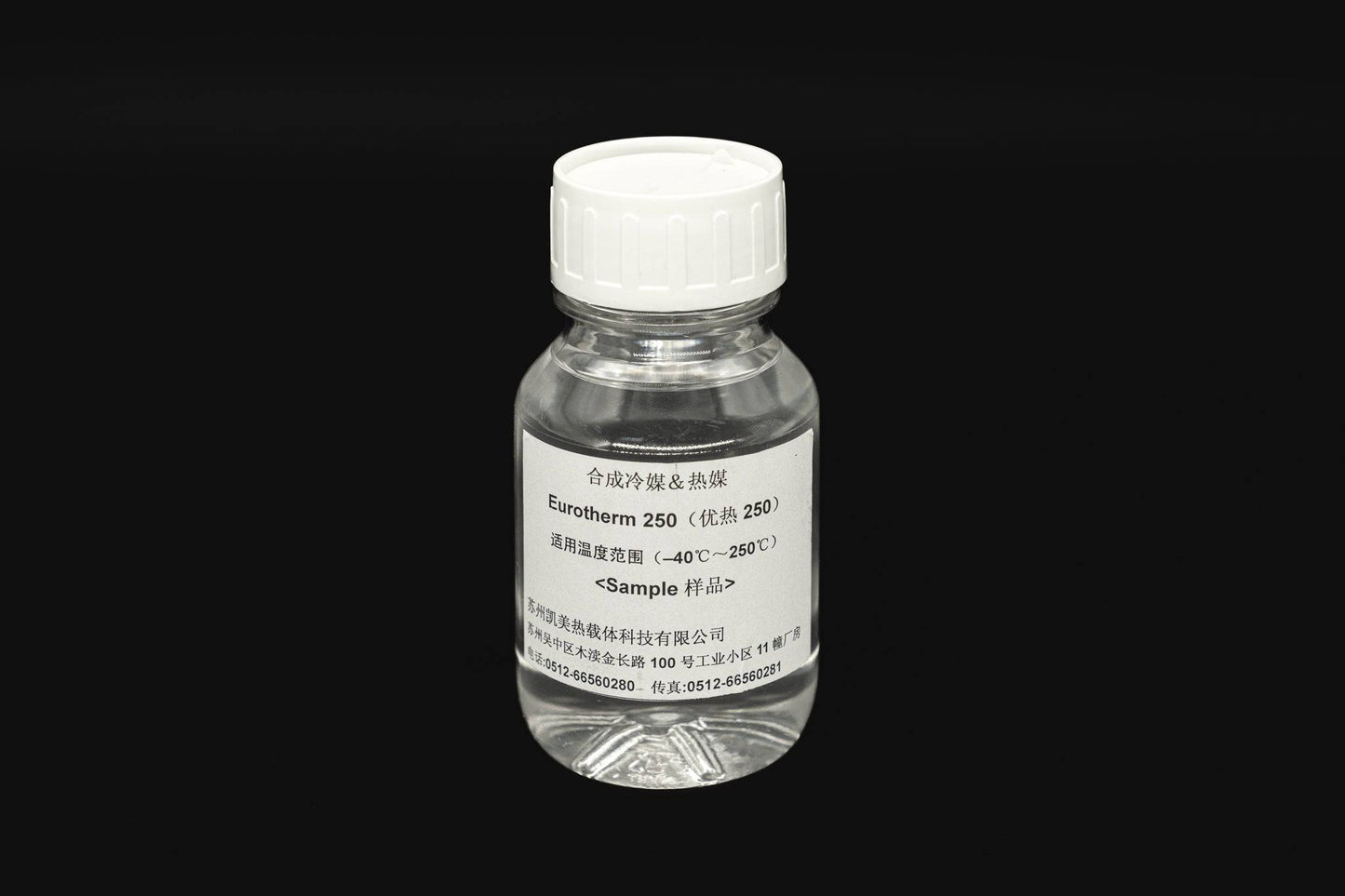Examine This Report about Chemie
Examine This Report about Chemie
Blog Article
The Ultimate Guide To Chemie
Table of ContentsChemie for BeginnersHow Chemie can Save You Time, Stress, and Money.Chemie Fundamentals ExplainedChemie for BeginnersGetting The Chemie To WorkThe Definitive Guide to Chemie
By Bojanna Shantheyanda, Sreya Dutta, Kevin Coscia and David SchiemerDynalene, Inc. Fluid cooling, which can be attained making use of indirect or straight methods, is utilized in electronic devices applications having thermal power densities that may surpass risk-free dissipation with air cooling. Indirect liquid cooling is where heat dissipating digital components are physically separated from the liquid coolant, whereas in instance of straight cooling, the components are in direct call with the coolant.In indirect air conditioning applications the electric conductivity can be crucial if there are leakages and/or spillage of the liquids onto the electronics. In the indirect air conditioning applications where water based liquids with corrosion preventions are normally used, the electric conductivity of the liquid coolant primarily depends upon the ion concentration in the fluid stream.
The rise in the ion concentration in a shut loop liquid stream might happen as a result of ion leaching from metals and nonmetal components that the coolant liquid touches with. Throughout operation, the electrical conductivity of the liquid may boost to a degree which could be hazardous for the air conditioning system.
9 Easy Facts About Chemie Described
(https://disqus.com/by/disqus_harfAtVpBU/about/)They are grain like polymers that can trading ions with ions in an option that it touches with. In the existing work, ion leaching tests were performed with numerous metals and polymers in both ultrapure deionized (DI) water, i.e. water which is dealt with to the highest degree of pureness, and reduced electric conductive ethylene glycol/water mixture, with the measured change in conductivity reported in time.
The examples were enabled to equilibrate at room temperature level for two days prior to tape-recording the initial electric conductivity. In all examinations reported in this research study liquid electrical conductivity was gauged to an accuracy of 1% making use of an Oakton CON 510/CON 6 collection meter which was adjusted prior to each measurement.
Some Known Details About Chemie
from the wall surface heating coils to the facility of the heater. The PTFE sample containers were positioned in the heater when constant state temperatures were reached. The examination configuration was gotten rid of from the heating system every 168 hours (seven days), cooled down to room temperature with the electric conductivity of the liquid gauged.
The electrical conductivity of the fluid sample was kept an eye on for a total of 5000 hours (208 days). Number 2. Schematic of the indirect shut loop cooling experiment set-up - silicone synthetic oil. Table 1. Parts made use of in the indirect shut loop cooling down experiment that touch with the liquid coolant. A schematic of the speculative arrangement is received Number 2.

Some Known Factual Statements About Chemie
Throughout operation the liquid tank temperature was preserved at 34C. The adjustment in fluid electrical conductivity was kept track of for 136 hours. The fluid from the system was accumulated and saved. Closed loop test with ion exchange material was carried out with the exact same cleaning procedures utilized. The first electrical conductivity of the 230ml UP-H2O in the system gauged 1.84 S/cm.

0.1 g of Dowex material was included in 100g of fluid examples that was absorbed a different container. The blend was stirred and transform in the electric conductivity at space temperature was determined every hour. The determined adjustment in the electrical conductivity of the UP-H2O and EG-LC test liquids containing polymer or metal when involved for 5,000 hours at 80C is shown Number 3.
The 6-Minute Rule for Chemie
Ion seeping experiment: Calculated change in electric conductivity of water and EG-LC coolants having either polymer or metal examples when submersed for 5,000 hours at 80C. The outcomes suggest that metals contributed less ions into the liquids than plastics in both UP-H2O and EG-LC based coolants.
Liquids including polypropylene and HDPE showed the lowest electrical conductivity adjustments. This can be because of the brief, stiff, direct chains which are less most likely to contribute ions than longer branched chains with weak intermolecular forces. Silicone additionally executed well in both test liquids, as polysiloxanes are usually chemically inert as a result of the high bond energy of the silicon-oxygen bond which would certainly avoid deterioration of the product into the liquid.
4 Easy Facts About Chemie Shown
It would be anticipated that PVC would create similar results to those of PTFE and HDPE based on the similar chemical structures of the products, nonetheless there might be other contaminations existing in the PVC, such as plasticizers, that might impact the electric conductivity of the liquid - heat transfer fluid. Furthermore, chloride groups in PVC can additionally seep into the test fluid and can create an increase in electrical conductivity
Buna-N rubber and polyurethane showed indicators of deterioration and thermal disintegration which recommends that their feasible utility as a gasket or sticky material at higher temperature levels could lead to application problems. Polyurethane completely disintegrated right into the examination liquid by the end of 5000 hour examination. Figure 4. Before and after photos of steel and polymer samples immersed for 5,000 hours at 80C in the ion seeping experiment.
Calculated change in the electric conductivity of UP-H2O coolant as a function of time with and without material cartridge in the closed indirect cooling loophole experiment. The gauged modification in electric conductivity of the UP-H2O for 136 hours with and without ion exchange material in the loop is revealed in Number 5.
Report this page